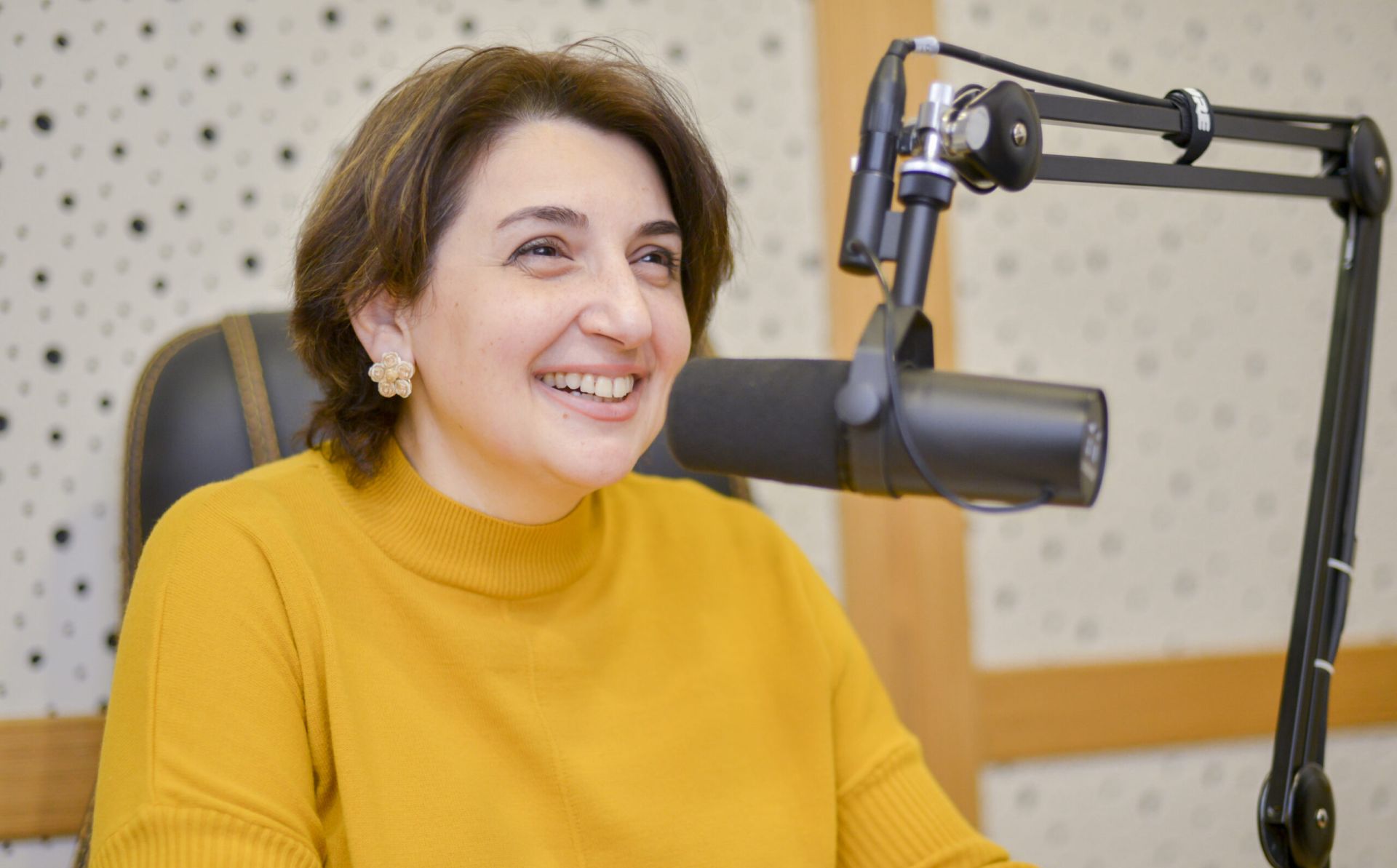
The second year of COVID-19 in Azerbaijan: fake news versus real problems
On 3 May, most countries in the world, including Azerbaijan, celebrate World Press Freedom Day. This year, the slogan of the event is “Information as a public good”.
World Press Freedom Day is aimed at drawing the world’s attention to the fact that freedom of press and freedom of expression are fundamental rights established in the Universal Declaration of Human Rights, and that free access to true information is the cornerstone of the development of democratic societies.
The COVID-19 pandemic has been high on the agenda around the globe over 2020 and in the first half of 2021. On World Press Freedom Day in 2021, famous Azerbaijani journalists discuss how to deal with information flows, how to distinguish true stories from false ones, and what information should be used in making decisions at the ASAN Radio studio.
They will also speak about aspects of COVID-19 most often used for spreading disinformation and harmful conspiracy theories, as well as the role of journalism in minimising the effect of fake news on people.
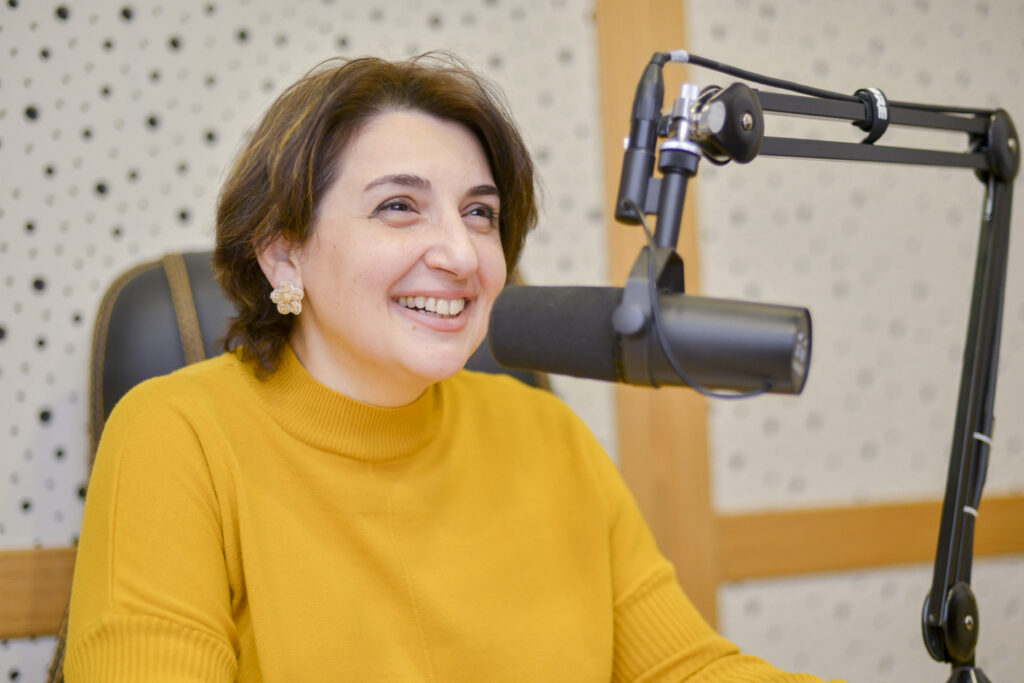 Shafag Mehraliyeva, an instructor on Communication and Media Studies at ADA University
Shafag Mehraliyeva, an instructor on Communication and Media Studies at ADA University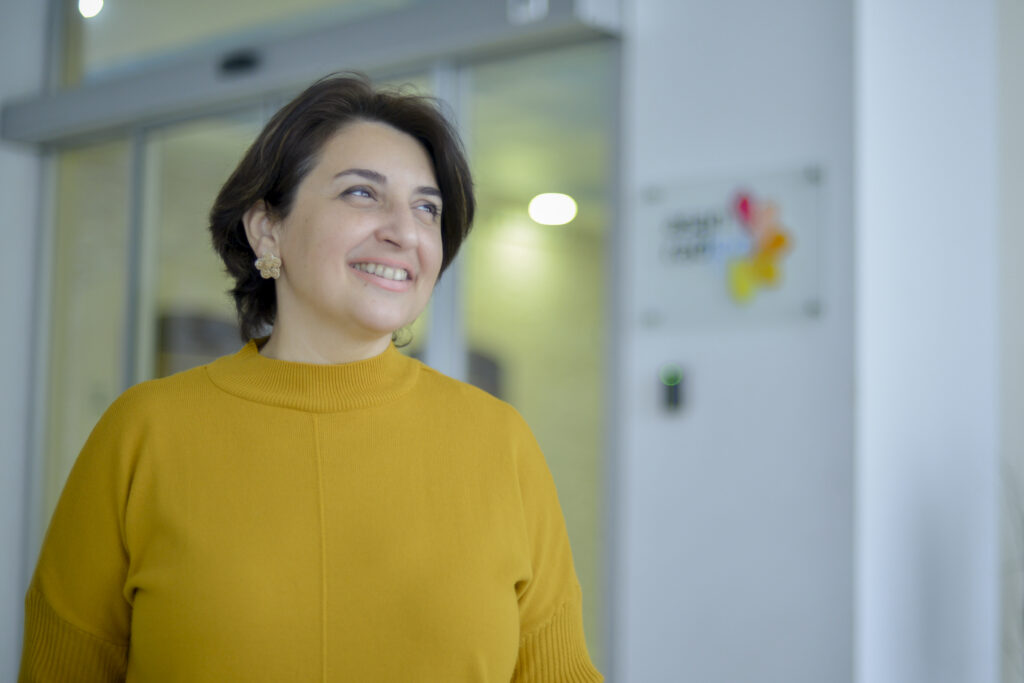 Shafag Mehraliyeva at ASAN Radio
Shafag Mehraliyeva at ASAN Radio
The guests of ASAN Radio are Seymur Kazimov, a famous Azerbaijani journalist and media expert, and Shafag Mehraliyeva, an instructor on Communication and Media Studies at ADA University and a former TV journalist. The host is radio journalist Emin Musavi.
The most absurd fake news related to COVID-19
Shafag Mehraliyeva believes that the most absurd and harmful fake news that is often heard is the claim that COVID-19 is no different from the usual seasonal flu, together with the opposite radical statements about the poor chances of recovering from coronavirus and an inevitable lamentable end.
“You have to understand that each person is an individual, and people go through the same diseases in different ways. So, I would recommend to people who are interested in any information on coronavirus, on the development of the disease and its other aspects to focus on the opinions of doctors and health care experts,” said Mehraliyeva.
According to Seymur Kazimov, the widespread conspiracy theory stating that American billionaire and philanthropist Bill Gates is using coronavirus vaccines to microchip humanity is utterly absurd.
“I have to admit that this idea is not widely supported by Azerbaijanis. Most people think critically and treat it as a joke,” said Kazimov. He also noted that local mass media had no small part in this. Most of them highlight the COVID-19 vaccination based on common sense.
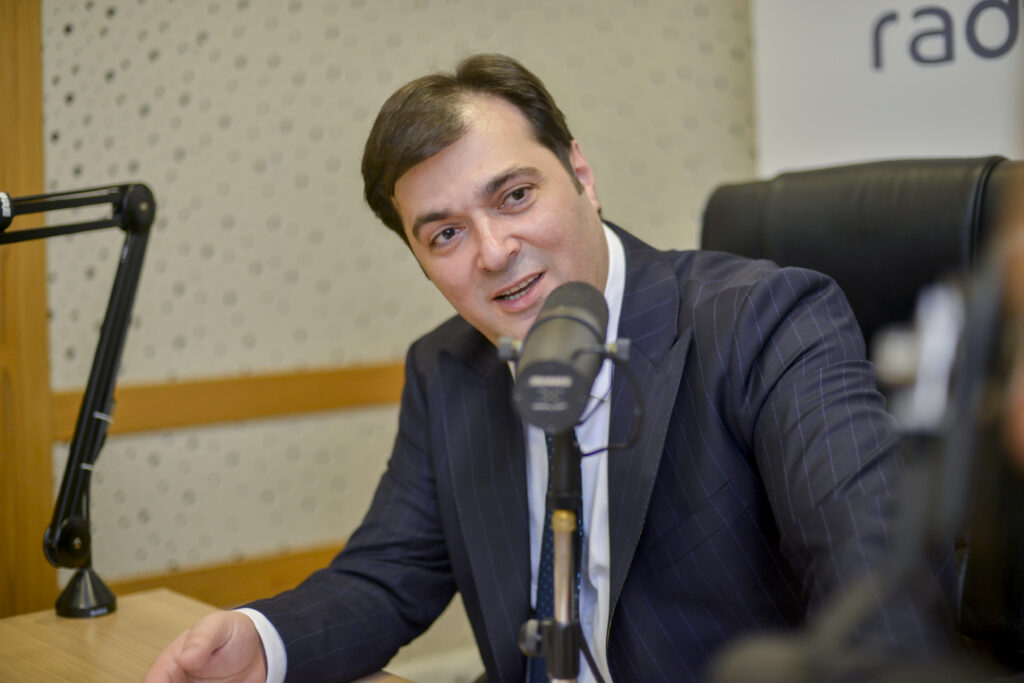 Seymur Kazimov, a famous Azerbaijani journalist and media expert
Seymur Kazimov, a famous Azerbaijani journalist and media expert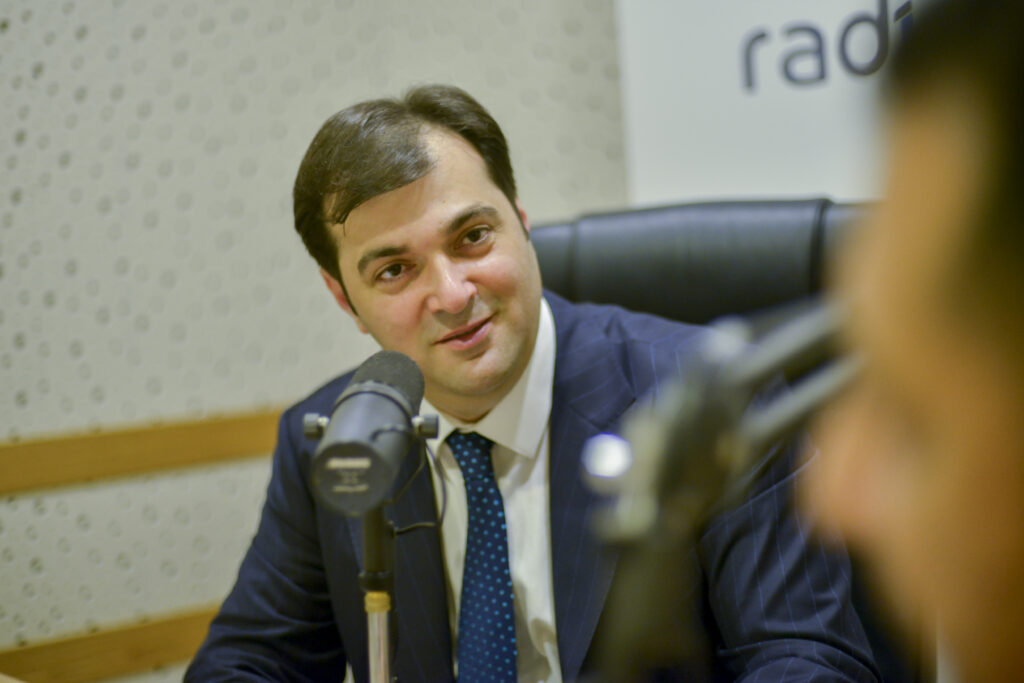 Seymur Kazimov at ASAN Radio
Seymur Kazimov at ASAN Radio
The widely spread disinformation claiming that vaccination is useless, or its opposite that it offers 100% protection is also harmful.
Seymur Kazimov says the main reason for the spread of such claims is that people lack the necessary awareness about the disease. In fact, vaccination does not guarantee that a person will never get infected with coronavirus, but it does protect you to a very significant degree, and ensures that if you are infected, the infection is likely to be mild.
How do we know that information is fake?
Both guests agreed that all information should be verified and treated based on common sense and with some scepticism. This recommendation is relevant both to the target audience receiving information, and to the professional journalists disseminating it.
“First of all, you should pay attention to the source of information,” says Seymur Kazimov. “If the resource is new or unknown, you should check when it was created, how many followers it has, and whether any famous people or people that you trust follow it. Checking the history of a social media page or a website would also be helpful. You should review the information published by it earlier. It is not uncommon that a resource, which has published entertainment news on celebrities earlier, starts conveying serious information. This definitely has to be a reason for doubts about the reliability of information.”
Kazimov noted that, first of all, you should look to official sources. However, you should not rule out the possibility of miscommunication between several verified and reliable sources, as recently happened with the kindergartens case. According to an official source, kindergartens in Baku were open on that day, while another source stated that they were closed due to quarantine restrictions, causing confusion among parents. Nevertheless, the situation cleared up soon.
According to Shafag Mehraliyeva, the people who constantly monitor news on their country and the world can more easily distinguish true information from fake news.
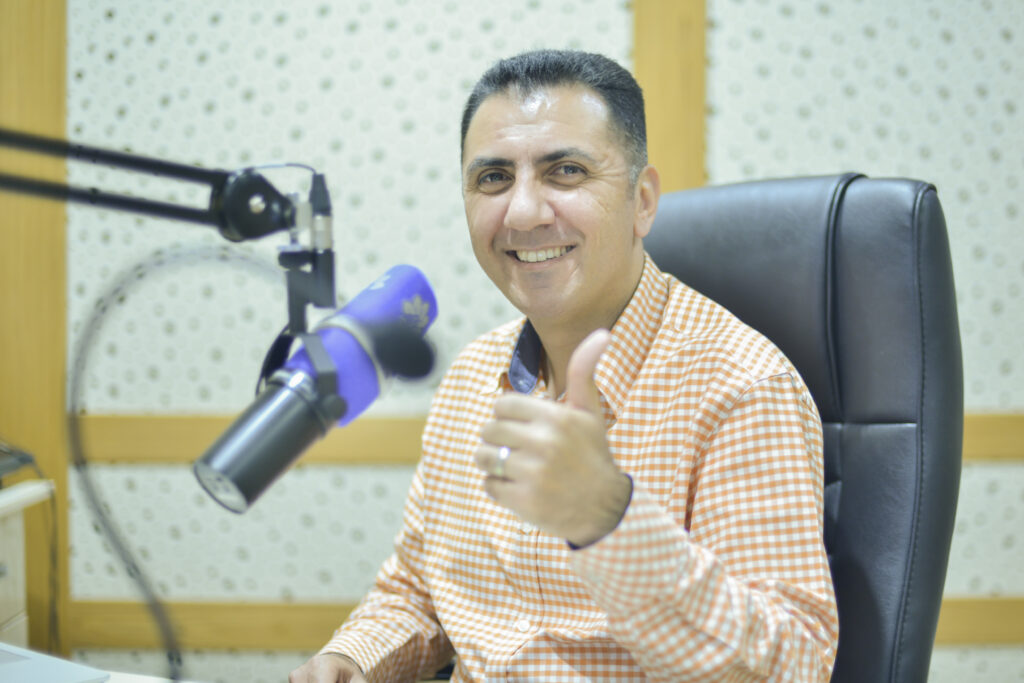 Emin Musavi, director of ASAN Radio
Emin Musavi, director of ASAN Radio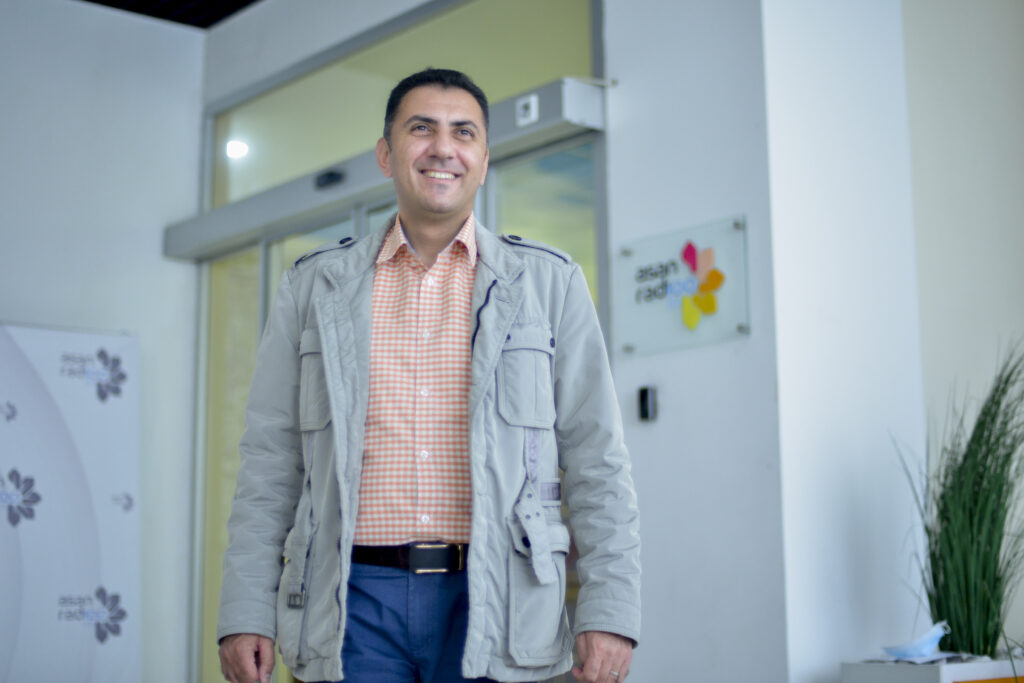 Emin Musavi at ASAN Radio
Emin Musavi at ASAN Radio
She also underlined that most fake stories are spread through social media, since nobody takes responsibility for this, unlike traditional media, which can publish a refutation upon request, if false information was published, or against which a claim can be filed in court.
“The golden rule which I teach my students is to be as close to the primary source of information as possible,” said Mehraliyeva. “This rule is also relevant to ordinary users of information.”
How should journalists fight disinformation on COVID-19?
Seymur Kazimov believes that the journalists known to and trusted by people have serious responsibilities. They include not only the content presented to the target audience, but also the example set by journalists.
“For example, it is particularly important that the people who are the most influential members of society get vaccinated against COVID-19 and share this message with their audience. Showing people that vaccination is safe and for their own good through personal example is the most reliable tool to fight fake news.”
“It is impossible for all people to share the same approaches and opinions. It is normal that people have different opinions. However, our task is to inform, explain, and influence by personal examples,” added Seymur Kazimov.
Being an instructor, Shafag Mehraliyeva fights fake news through the development of critical thinking and a healthy scepticism in her students.
“They say that when critical thinking was developed in a child, at that moment, a conspiracy theory died somewhere in the world,” said Mehraliyeva.
Finally, Shafag Mehraliyeva recalled a 2000-year-old formula for information reliability developed by Ancient Greek philosopher Aristotle. In his Rhetoric, he speaks about the three indispensable core components: ethos (reliability/character), pathos (emotions/mood), and logos (explainers/logical reasoning).
If any information does not have one of these components or if pathos outweighs logos, such information is obviously fake.
Read also: Breeze in Baku
You can listen to the full interview in the podcast:
Author: Elena Ostapenko
Article published in Azerbaijani and Russian by 1news.az
MOST READ
SEE ALSO
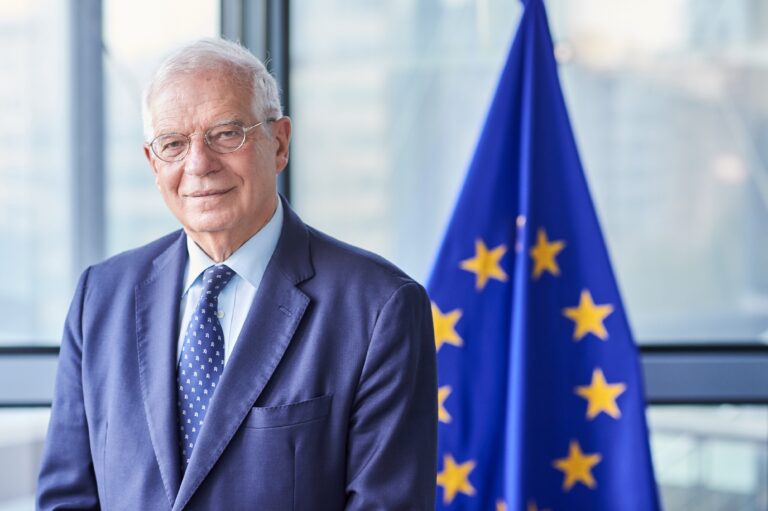
No, time is not on Russia‘s side

I have no regrets: the Azerbaijani women trained to clear mines
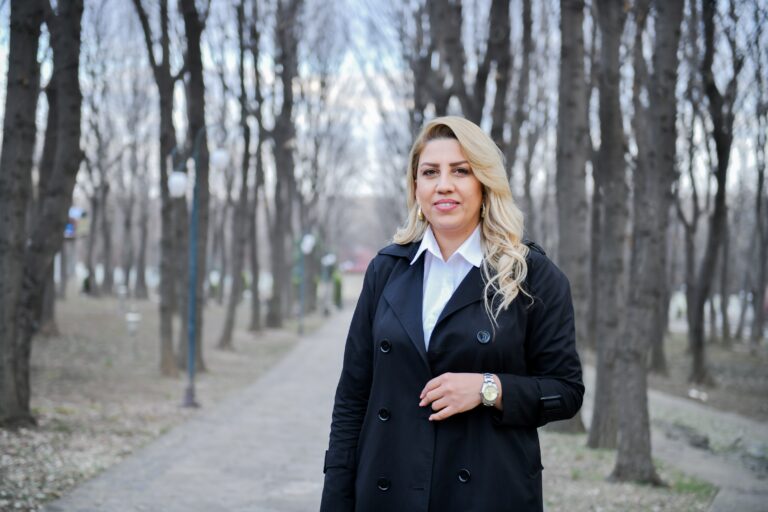
Turning a hobby into business: how Vusala Akhmadova from Tovuz helps women and children develop

Be one step ahead of a hacker: check simple cybersecurity tips!
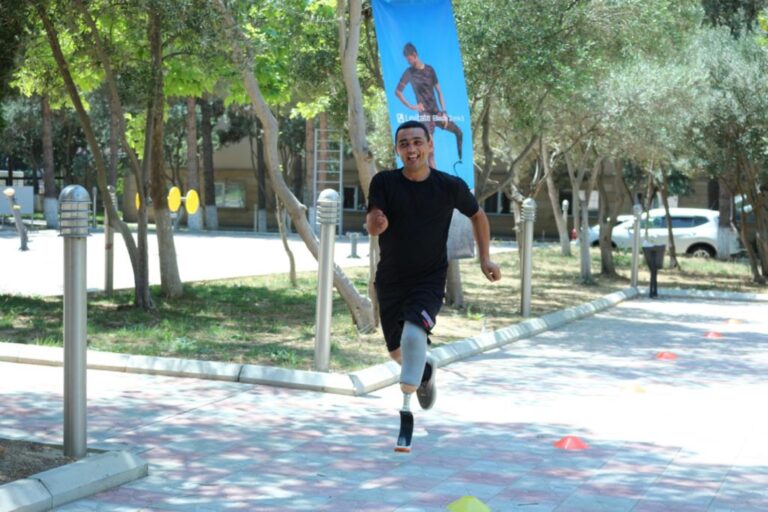
A chance for a better life: restoring justice for people with disabilities in Azerbaijan
More campaign pages:
Interested in the latest news and opportunities?
This website is managed by the EU-funded Regional Communication Programme for the Eastern Neighbourhood ('EU NEIGHBOURS east’), which complements and supports the communication of the Delegations of the European Union in the Eastern partner countries, and works under the guidance of the European Commission’s Directorate-General for Neighbourhood Policy and Enlargement Negotiations, and the European External Action Service. EU NEIGHBOURS east is implemented by a GOPA PACE-led consortium. It is part of the larger Neighbourhood Communication Programme (2020-2024) for the EU's Eastern and Southern Neighbourhood, which also includes 'EU NEIGHBOURS south’ project that runs the EU Neighbours portal.

The information on this site is subject to a Disclaimer and Protection of personal data. © European Union,







